Light-emitting diodes are not a particularly new technology. Affordable LEDs have been available since the late 1960s. From then until now, the technology has steadily progressed in terms of cost-effectiveness, color options, light output, and efficiency. Thanks to ongoing advancements in semiconductors, optics, and materials, LED applications have grown exponentially.
Because LEDs are rugged, reliable, and long-lived, they’re still the universal choice for indicator lamps on all types of electronic equipment more than 40 years after they first began to replace incandescent lamps. They soon found application in alphanumeric displays for calculators, clocks, watches, and appliances; and as brighter LEDs became available in more color options, they quickly became ubiquitous in traffic lights, animated signage, automotive brake and signal lights, decorative lighting, flashlights, and much more.
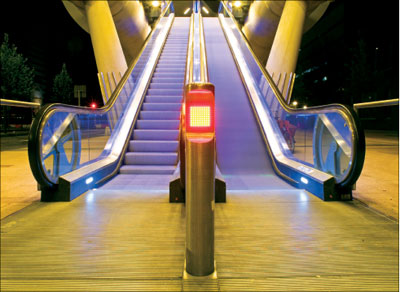
Photo 1. LED lighting is superior for safe lighting of variouss locations
All of these applications benefit from the relatively low cost of LEDs, their remarkable efficiency, their minimal environmental footprint, and their long and reliable operation even under extreme conditions. But the advantages of LED technology have never been available as a realistic choice for high-quality area and task lighting. Until now.
At the Gates to the City
For industrial settings, hazardous locations, and public areas such as parking garages, LED lighting has always been something of a golden city: rumored to be just over the horizon, but never actually within reach. But in the last two years, things have changed. Through advancements in technology and manufacturing, bright white LED luminaires for industrial lighting applications are now coming to market.
Recent legislation in the U.S. has led to the phase-out of mercury vapor ballasts and lamps as well as 150 to 500 watt metal halide luminaires. Lighting designers who used to choose these products for their broader spectrum compared to high-pressure sodium, and for their longer life compared to incandescent, must now look at other options. LED enters the market at the perfect time to fill these needs, while far exceeding government mandated efficiency standards.
While other lighting sources will continue to play their roles, LED clearly owns the future.
It’s no longer just a rumor; LED is here today and promises to become an increasingly dominant technology in the future for all kinds of industrial and general purpose lighting needs.
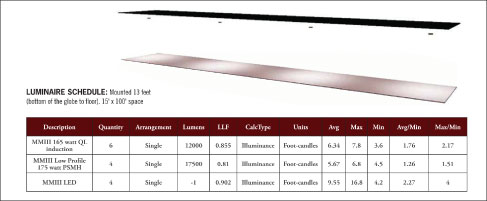
Figure 1. Comparison of lighting designs in a walkway installation
Getting Oriented
Whenever a new technology emerges, it takes time for standards to coalesce and for new concepts to become clear. That’s true not only for end-users, but also for manufacturers who are just getting started with technologies that differ radically from what they’re used to working with.
Consider the first few months after the introduction of compact fluorescent lamps. Manufacturers had to play a guessing game regarding which wattages and sizes would become standard, and what luminaires they would need to design to accommodate these standards. Through the passage of time, standards emerged, products based on incorrect guesses and bad ideas were weeded out, and customers gained access to proven products that would provide reliable performance and compatibility for years to come.
Although practical LED industrial lighting has emerged fairly recently, the field has stabilized to a point where this technology can be regarded with practically the same understanding and confidence that compact fluorescent lighting has earned. Poorly designed products are being purged from the market, misleading claims have been retracted, and the major manufacturers are providing products that perform as advertised.
The market is still experiencing somewhat of a holdover in which misconceptions, uncertainties, and fears continue to persist. By shedding light on the most widely misunderstood issues, we hope to help you make more informed decisions today and to have a better idea of what to expect for LED lighting in the years ahead. While other lighting sources will continue to play their roles, LED clearly owns the future.
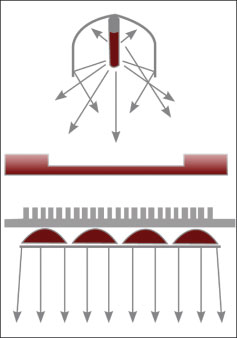
LED is Versatile
Let’s start with an overview of the features that make LED lighting suitable, and in many cases superior, for nearly any industrial lighting application. Well-designed LED luminaires are:
White and bright. Far from the dim, bluish-green flashlight you keep in your glove compartment, today’s industrial LED luminaires provide extremely high-quality light, comparable to any other lighting technology.
Long-lived. Correctly designed, LED luminaires offer up to 60,000 hours of illumination, with no droop and no penalty for frequent on/off cycles.
Highly directional. LED luminaires can be configured to produce virtually any horizontal and vertical distribution of light, from illuminating a tall, narrow fence line for security purposes to providing area lighting that allows production crews to work efficiently and safely.
Resistant to shock, vibration and corrosion. LEDs can be used in environments where other technologies fail — either prematurely or catastrophically.
Cold start capable. LEDs provide instant on and instant restrike capabilities to –40°C, with no warm-up time to full brightness.
Non-damaging. LEDs produce none of the harmful UV or IR radiation often associated with other lighting sources.
Safe for hazardous locations. Available LED luminaires are rated for use in areas where flammable gases and vapors are present under conditions defined by NEC Class I, Division 2 and IEC Zone 2.
Superior for difficult locations. LED lighting is often the best choice for areas with low clearance, severe weather conditions, excessive moisture or dust, corrosive atmospheres, and high ambient temperatures.
Low maintenance. Rugged and long running, LED lighting requires very little maintenance. If you choose a luminaire with an intelligent modular design, even end-of-life replacement of components becomes quick and simple.
With all these benefits, we still haven’t touched upon three of this technology’s most remarkable qualities: LEDs are efficient and environmentally friendly and cool. Because there are many misconceptions in the popular imagination and even in industry literature, we’ll devote the rest of this article to examining these three unique qualities of LED lighting.
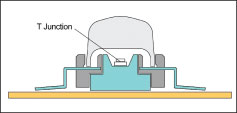
LED is Efficient
The main driver for LED adoption is efficiency. Achieving the lighting levels required for a particular application at the lowest possible energy input becomes critical as energy costs rise and as government regulations clamp down on waste of energy resources.
Defining efficiency
Comparing the efficiency of dissimilar systems can lead to confusion. Consider the following specifications (see figure 1):
A 175 watt pulse start metal halide lamp requires 208 watt input power to the luminaire (the excess power is lost in the luminaire’s ballast). The light output for each lamp is 17,500 lumens, and the average lighting when four luminaires are installed at a 13-foot height over a 100 x 15 foot walkway is 5.67 foot-candles. Total input power for the installation is 832 watt.
A 165 watt QL induction lamp requires 165 watt power to the luminaire. The light output for each lamp is 12,000 lumens, and the average lighting when six of these luminaires are installed over the walkway is 6.34 foot-candles. Total input power for the installation is 990 watt.
A 48 x 1.7 watt LED array requires 98 watt input to the luminaire (the excess power is lost in the driver). The light output for the luminaire is 5,400 lumens (this figure cannot be compared directly with lumens from a conventional lamp). The average lighting over the walkway when four of these luminaires are installed is 9.55 foot-candles. Total input power for the installation is 392 watt.
It may be tempting to look at the input power to the entire system versus the power actually consumed by the lamps, and to conclude that LED is the least efficient of the three. That would be a mistake. The important comparison is input power versus actual illumination at the point where it’s needed. In this scenario, LEDs are more than twice as efficient, providing brighter illumination at less than half the power consumption of either QL induction or pulse start metal halide.
Comparing lumen output
It may also be tempting to conclude that LEDs are less efficient than the alternatives based on the lumen figures given in the previous bullet points — 17,500 for the pulse start metal halide lamp, 12,000 for the induction lamp, and 5,400 for the LED luminaire. These figures cannot be directly and fairly compared. Figure 1 gives a lumen value of -1 for the LED luminaire. This value is used by our photometric software to distinguish LED from other types of lighting in its calculations to produce results that are valid across these very different technologies.
An LED luminaire incorporates an array of point sources that direct light precisely where it’s needed, with very little scattering or loss. Light distribution is controlled by the placement of LEDs, as well as by efficient use of optics that take advantage of the focal point presented by each individual LED. By contrast, conventional lamps cast light in every direction, and the luminaires incorporate hoods, reflectors, and lenses to direct light to where it’s needed and shade areas where it’s not. Due to scattering and absorption, only 40 percent of the available light reaches its intended destination, versus up to 80 percent for an LED luminaire (see figure 2).
A lumen rating calculated by totaling the light output of all LEDs in the luminaire is simply not comparable to a lumen rating for a lamp based on measurement of light output in all directions. Most light from the lamp never reaches its destination, while nearly all the light from an LED does, and this is why even our estimation of 5,400 lumens for a 48-LED array shouldn’t be used for purposes of comparison. LED is inherently incomparable with other lighting systems in terms of lumen output. What matters is how much light reaches the intended surface, and at what energy cost. In these terms, LED is the clear efficiency leader.
LED is “Green”
Properly designed, an LED luminaire produces a pleasant and eminently usable white light. But LED is also remarkably “green.” Several factors combine to give LED the smallest environmental footprint of any manufactured source.
LED is energy efficient
The most important “green” feature of LED is its energy efficiency. By choosing LED luminaires, you can significantly reduce your energy costs for lighting. Because 70 percent of electricity in the U.S. is produced by burning fossil fuels, your choice is also likely to cut emissions of greenhouse gases and toxic pollutants by half. Your total energy consumption is likely to be even lower when you consider that many buildings will require less cooling due to the lower operating temperature of LEDs. Consuming less energy is not only good for the environment; it’s also good for your company’s public image.
LED is Non-Toxic
LED lighting is also the only non-incandescent lighting source that contains no mercury. This eliminates any chance for mercury to escape into the environment either in operation or after disposal. Combined with LED’s inherent durability, the lack of mercury makes installation, maintenance, and disposal much easier. There are no special handling requirements. The extended lifetime of LED compared to most other lighting sources means less material being disposed over time — another ecological benefit. If you’re careful to choose a manufacturer that uses lead-free solder, you can be sure that no toxins are entering the environment when components do finally reach end-of-life.
Choose ENERGY STAR®- certified products for best performance
For manufacturers and customers alike, ENERGY STAR certification provides the benefit of knowing that products have been tested and approved by a reputable third-part organization to ensure they meet stringent environmental and operational requirements. Not all manufacturers seek or obtain this certification, which means they’re depending on customers to trust their claims and specifications without objective corroboration.
More than just meeting energy consumption requirements, ENERGY STAR certification means that a product has been tested to ensure the highest quality. Simply put, this government created certification body will not approve luminaires that don’t meet customer expectations, no matter how energy efficient they may be. Among many other requirements, ENERGY STAR certification ensures that LED lighting luminaires:
Use at least 75 percent less energy than equivalent incandescent lighting, and provide efficiency as good as or better than fluorescent lighting
Offer brightness equal to or greater than other technologies, with good distribution over the lighted area
Provide constant light output that decreases only near the end of the product’s rated lifetime
- Provide excellent color quality, with a shade of white light that remains clear and constant over time
- Turn on instantly, and use no power when turned off other than a maximum of 0.5 watts in the control gear
LED is Cool
If you own an LED flashlight, you know that LEDs put out very little heat. No matter how bright, you can touch the light source indefinitely with no discomfort. Moreover, LEDs produce no harmful ultraviolet or infrared radiation. These properties offer many benefits — lowering cooling costs, simplifying maintenance, prolonging product life, avoiding damage to eyes and sensitive equipment, and providing a margin of safety in hazardous environments.
Industrial LED luminaires do produce some heat
Unlike a battery-powered flashlight, however, AC powered LED technology does produce a significant amount of heat outside the beam. It’s important to understand why this is so and how to manage the heat properly.
LEDs operate naturally on direct current. To light an LED on an AC circuit without destroying it, you need a driver that converts AC to DC and steps the voltage down from 120 Vac (or more) to 24 Vac. Unlike a flashlight battery, the output current is at very high amperage — much higher than the milliamps required to light the LED. This current is fed into the T junction at the rear of the LED (see figure 3).
The T junction can be compared to a tiny nozzle mounted on the end of a large fire hose. In stepping the input current down to meet the requirements of the LED, the T junction absorbs a substantial amount of energy — similar to the friction a large volume of water under high pressure creates when it meets with the constriction of a nozzle. This energy is released as heat. While the beam of an LED luminaire may be cool, the back side of the LED array can become quite hot. The T junction is the hottest spot on the luminaire.
Accurately determining its maximum temperature is crucial when rating products for use in the potentially flammable atmospheres of oil refineries, paper mills and other manufacturing environments.
The other main heat-producing component is the driver inside the luminaire unit, which is analogous to the ballast compartment in conventional lighting systems. The driver is a solid state device and as such it needs to operate within a specified case temperature rating.
Managing heat
Properly managing the heat generated within the LED luminaire is important for three primary reasons:
- Excess buildup of heat at the T junction can degrade the phosphor and reduce lamp life
- Excess heat at the driver unit can also reduce product life
- Inadequate heat management can limit the range of ambient temperatures for which the product can be specified.
Luminaires rated for maximum ambient temperatures below 55°C cannot be used in many areas of the world (for example, the Middle East) and in many specific applications (for example, smelting and casting).
A properly designed LED lighting luminaire will have a large external heat sink — often visible as a series of bare or powder-coated metallic fins surrounding the LED array itself. This heat sink is designed to pull heat away from the T junctions on each LED as well as from the driver housing. After several minutes of operation, the heat sink will become noticeably warm to the touch, even while the beam itself remains cool.
Prominent heat sinks may be unfamiliar to most people who are used to seeing LEDs in lower current applications such as signal lights, or outdoor luminaires that benefit from free flow of air and nighttime temperatures. For industrial lighting applications, when circuitry and lamps are housed in an enclosed and gasketed or explosion-proof luminaire, these heat sinks are critical. They ensure that LEDs achieve their full 60,000 hour lifespan with no degradation in the quality of light. The heat sink allows luminaires to operate reliably in temperatures ranging from –40°C to as high as 55°C.
Overdriving LEDs
Even with adequate heat sinking, good thermal management requires that luminaires be designed with the optimum number of LEDs to achieve the desired lighting levels. It’s possible to achieve a dramatically whiter, more intense light by adding more LEDs than the optimum number. This strategy will inevitably overdrive the system, reducing lamp life, damaging the phosphors, and causing a noticeable color shift or “droop.”
When too many LEDs are incorporated into the design, what began as an impressive display of white light may shift to an unacceptable color within weeks, and may die altogether within a few thousand hours of operation.
Locating and measuring hotspots
Luminaires designed for use in hazardous atmospheres must be rated according to stringent requirements to ensure that a spark or hotspot doesn’t ignite the atmosphere. If an internal ignition occurs it should not be allowed to escape from the luminaire into the surrounding atmosphere.
Construction and testing standards for these luminaires are controlled by the IEC, NEC, and other standards and testing bodies. For the most part the standards are well understood and consistent, but LEDs require a new approach to temperature rating.
Conventional wisdom based on more established technologies suggests that the hotspot is likely to occur on the surface of the lamp, but as we have seen this is not true with LEDs. The hotspot is at the T junction, which is sealed inside the LED assembly. The T junction is impossible to reach with a thermocouple in order to take a temperature reading directly.
Currently, different manufacturers and testing bodies use different methods to place the thermocouple as close as possible to the T junction, as well as different methods to analyze the results and estimate the true hotspot temperature.
We expect to see a single, accepted standard emerge for temperature rating of LED luminaires. In the meantime we suggest talking with the manufacturers whose products you are considering, and asking how they arrive at their temperature ratings and how much margin of error is built into the results. Because LED luminaires tend to have a lower temperature rating than most of the alternatives, you should be able to find a suitable product rated at a significantly lower temperature than the safety threshold for most applications.
LED is the Future
LED industrial lighting is here today, and it’s here to stay. The benefits it provides simply can’t be ignored, either by end users or manufacturers. Even local and national governments are taking notice of the benefits as they increasingly focus on the problems of energy consumption, greenhouse gases, pollutants, and toxic waste.
While LED technology is not the only choice, or in some cases even the best choice, it will rapidly become the leading choice to replace many of today’s energy hungry industrial lighting systems. In the years ahead — as standards become more firm, product lines more established, and customers more conversant with the technology — LED will also become a relatively easy choice. We’re not there yet. We’ve just entered the gates of the golden city, and there’s still a lot to explore.
The important thing is that we’ve seen enough to know where we’re going. The fundamentals are in place, and some very good LED products are already on the market. The knowledge of how LEDs work and the best ways to harness the technology are available. As with anything new, big, and potentially lucrative, a lot of misinformation has been made available as well.
Our goal in this article has been to present the facts you need to know about LED luminaires and to dispel the misinformation. Armed with this knowledge, you should be better prepared to enter the world of LED product evaluation for your own lighting design projects. With a little hands-on experience, you should soon be as comfortable with LED as with any other lighting system.







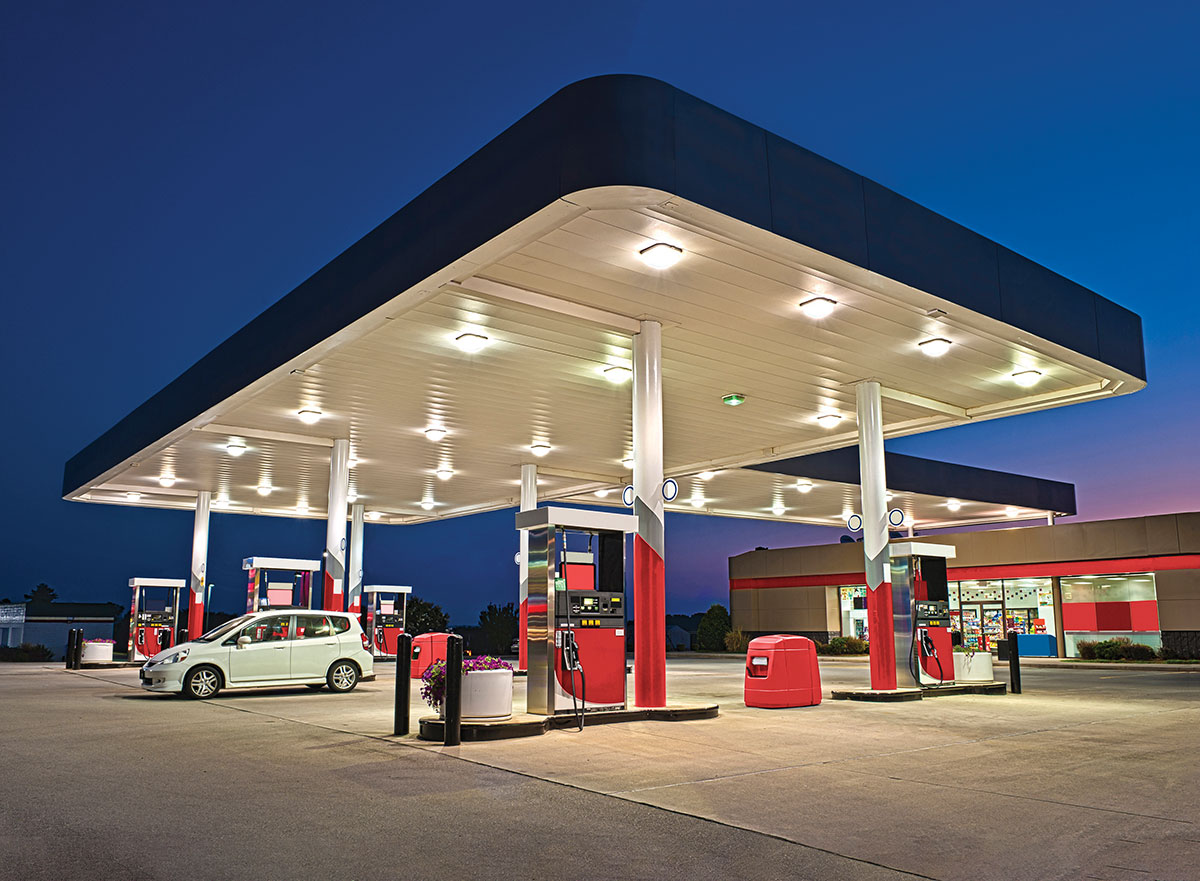

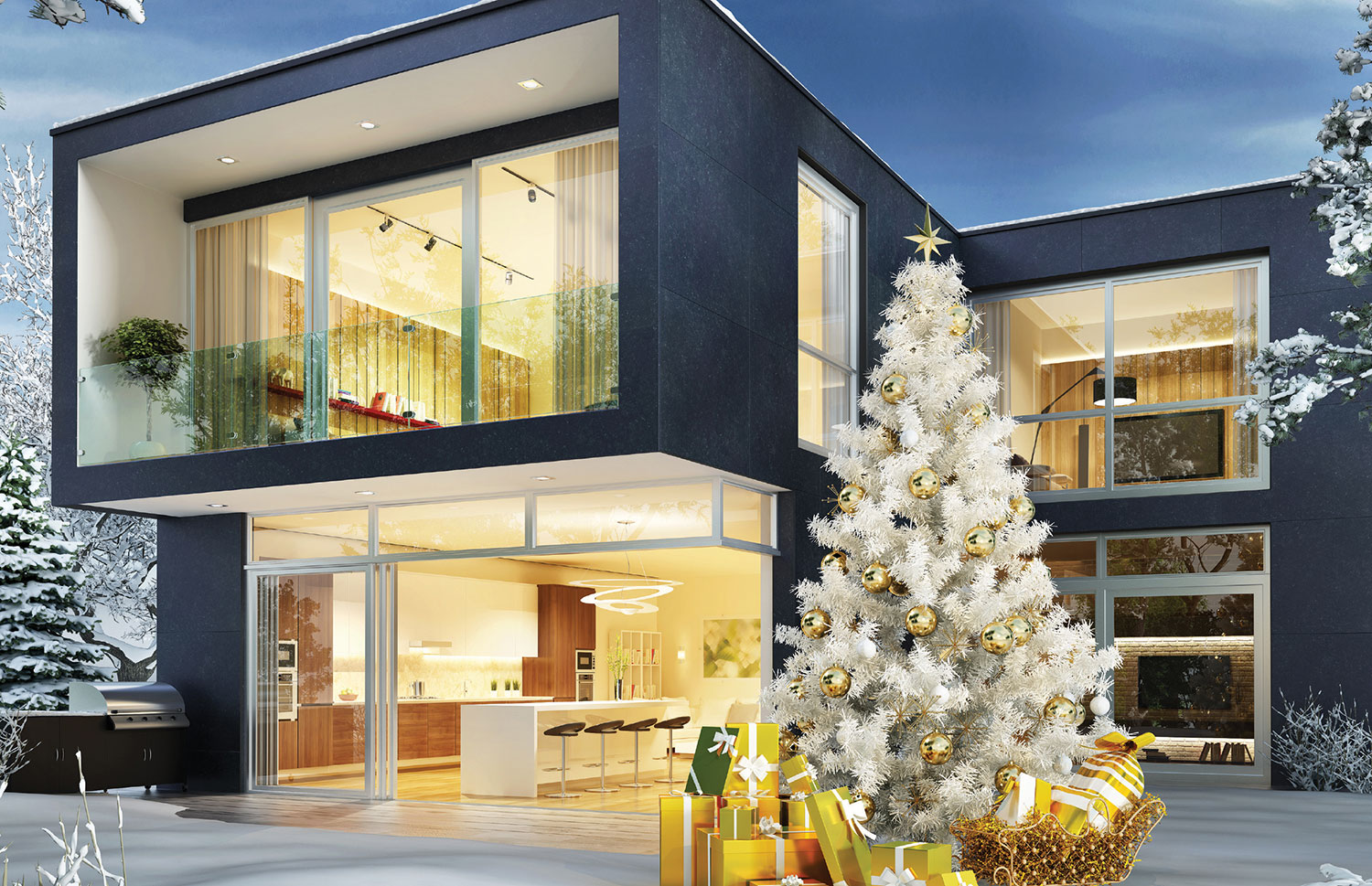
Find Us on Socials